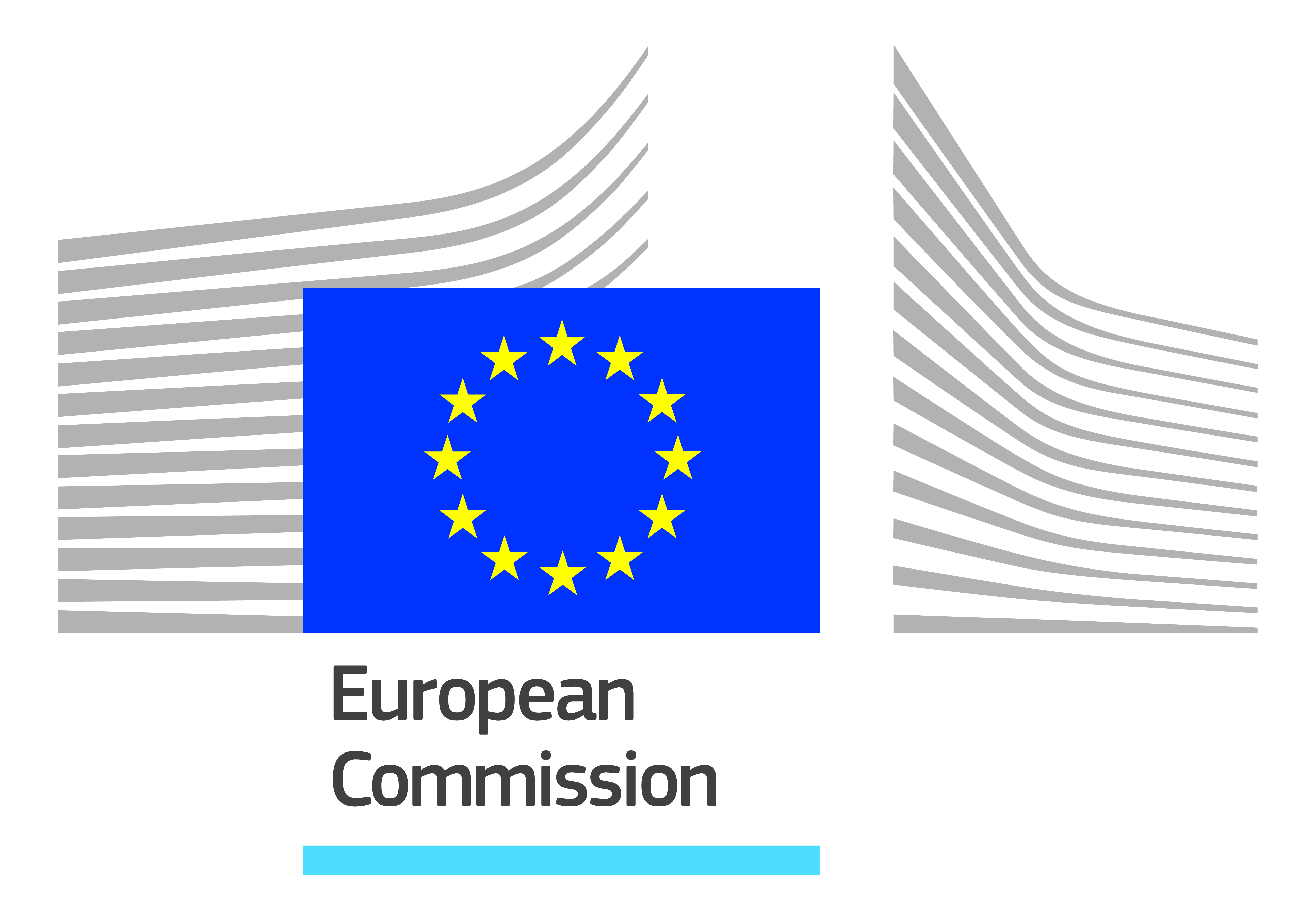Uses of EUROMOD by the European Commission

date: 29/11/2021
A prominent example is the “Fit for 55” package of the European Green Deal, where two legislative initiatives, the revision of the Energy Taxation Directive and the Carbon Border Adjustment Mechanism, used the EUROMOD Indirect Tax Tool to assess the distributional impacts of several policy reform scenarios. EUROMOD was also used for the impact assessment of the Directive for binding pay transparency measures.
Thematic studies carried out by the JRC have also contributed to other policy domains. Notably, the analysis of the cushioning effect of fiscal policy in the EU (including short-time work schemes) during the COVID-19 pandemic has been widely used: from the EC assessments of the national recovery and resilience plans of Member States, to the flagship Employment and Social Developments in Europe (ESDE) Report or the Quarterly Review of the Euro Area (QREA). Other important thematic studies based on the model have covered: the future of taxation in changing labour markets (results fed the Annual Report on Taxation); the tax treatment of pensions (used in the Pension Adequacy Report); the automatic stabilisation effect of the tax-benefit systems (used in the JRC Resilience Dashboard); and early estimates on income and poverty (Flash estimates of Eurostat).
While in 2021 the European Semester was modified to align it with the process of assessment of the Recovery and Resilience Plans and there were no Country Reports, the JRC also worked on in-depth country-specific analyses of several Member States’ tax-benefit systems, in collaboration with policy DGs.
